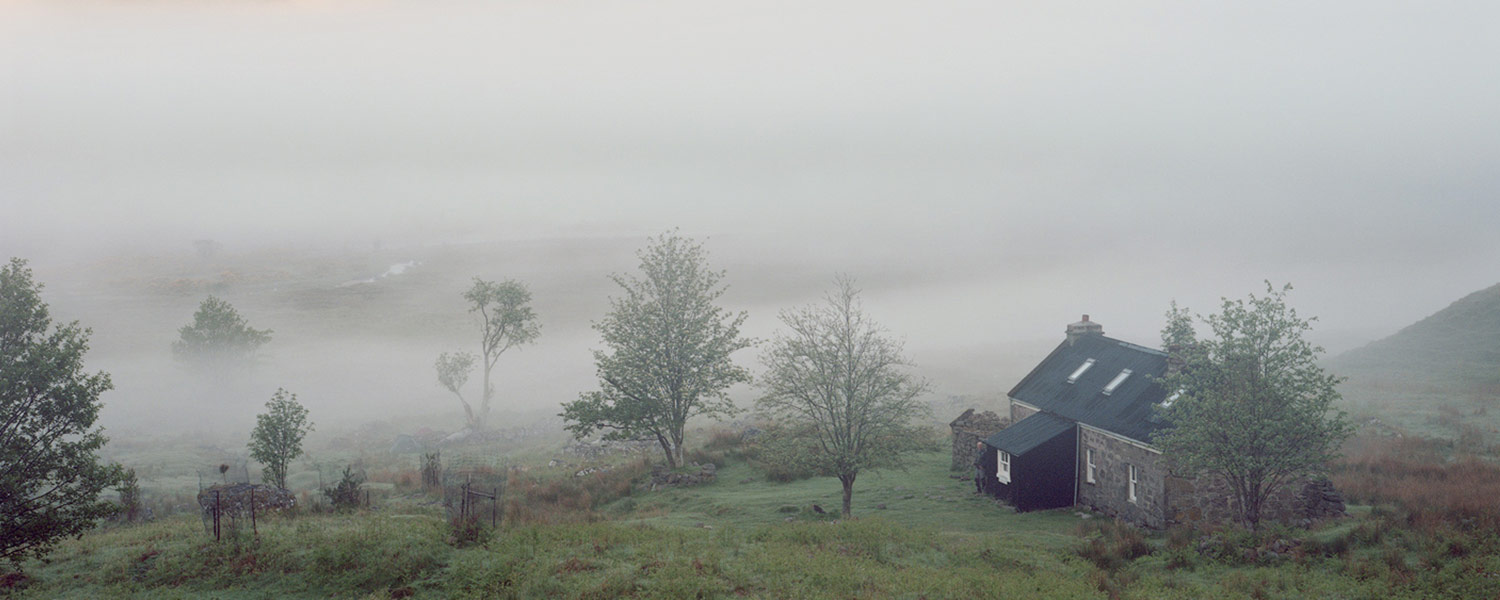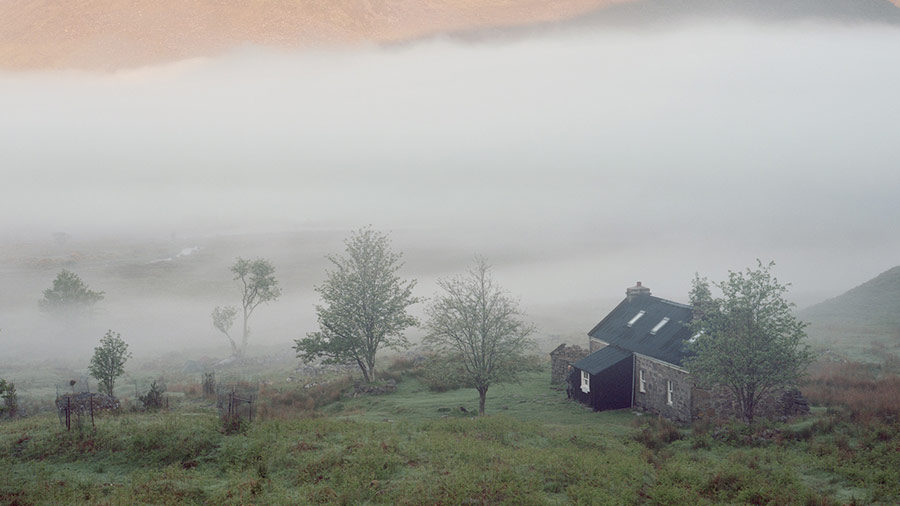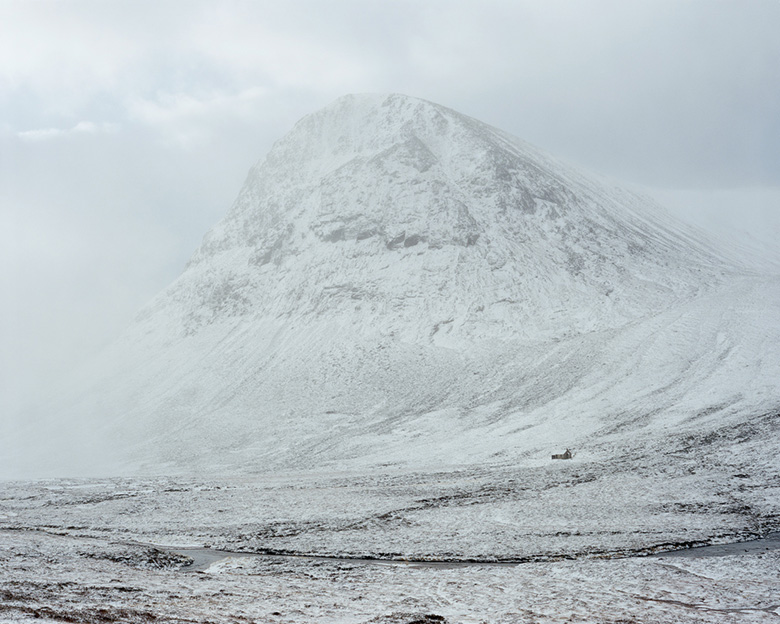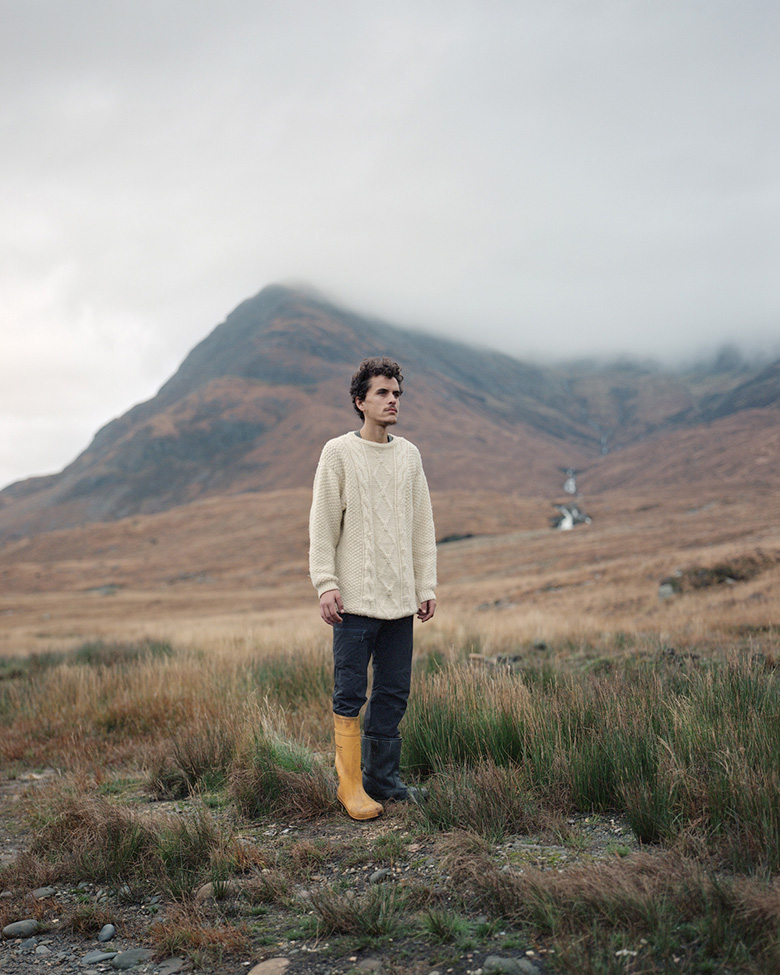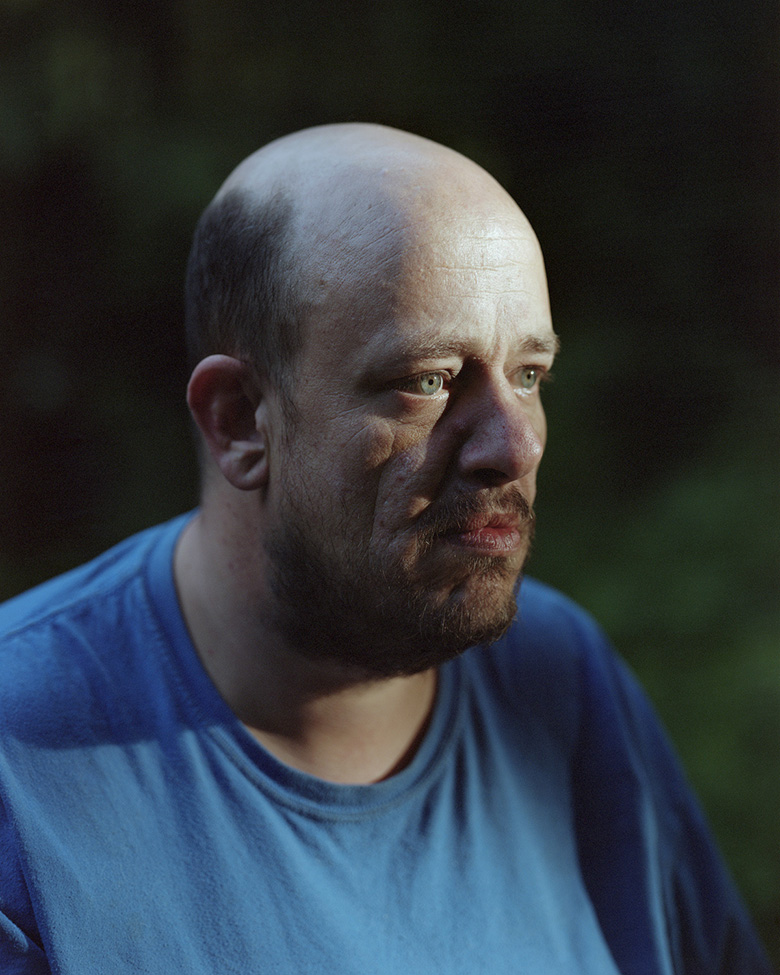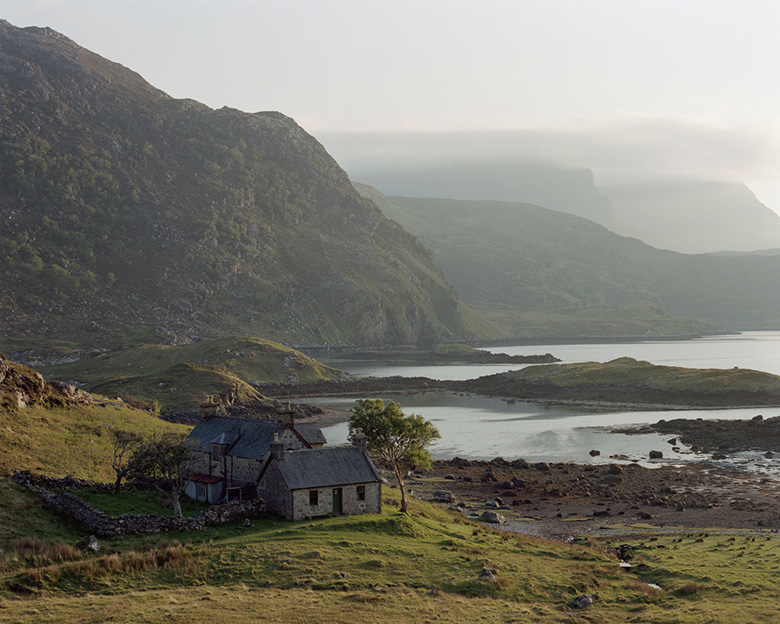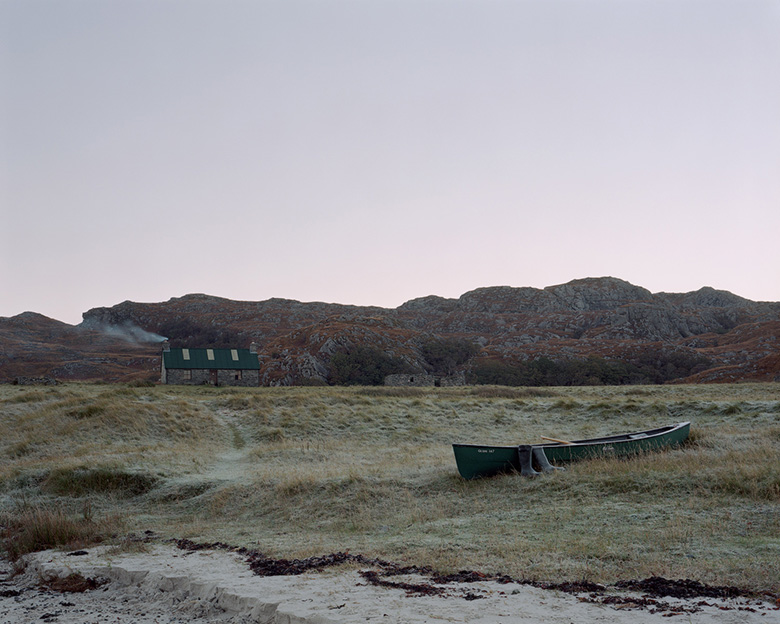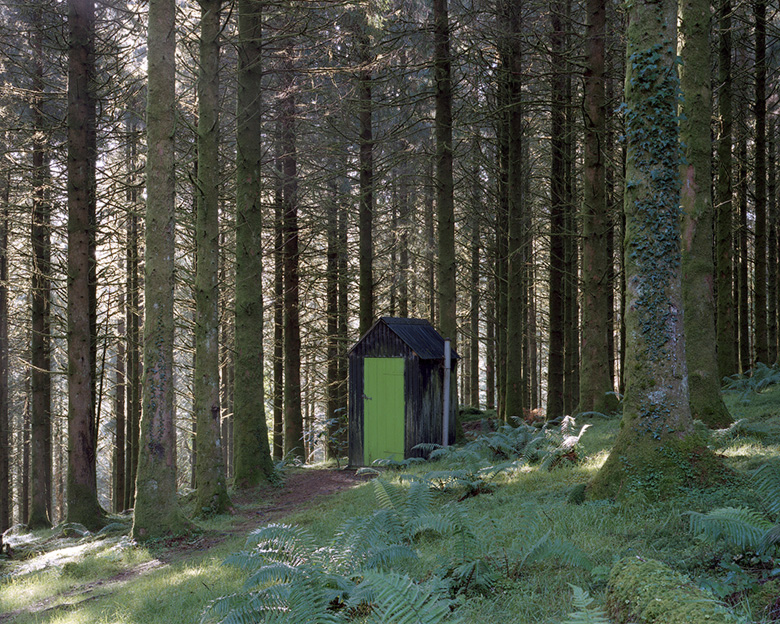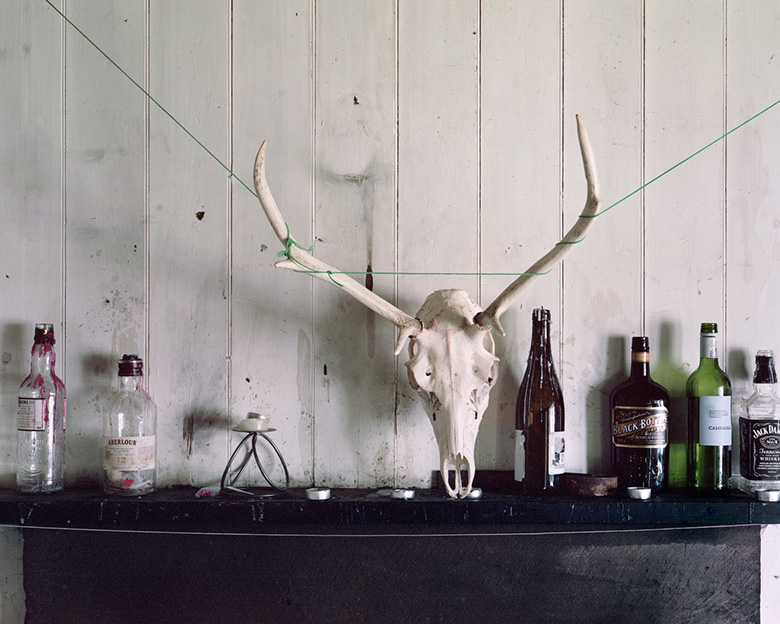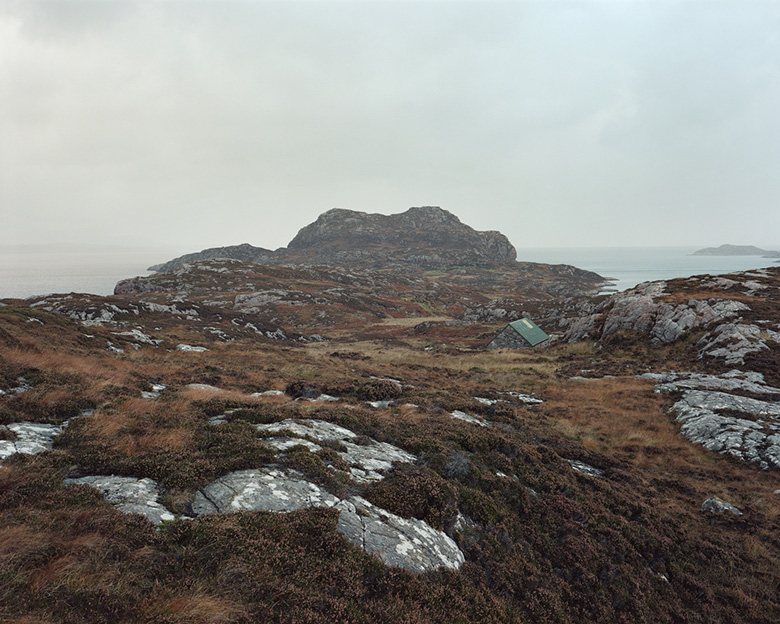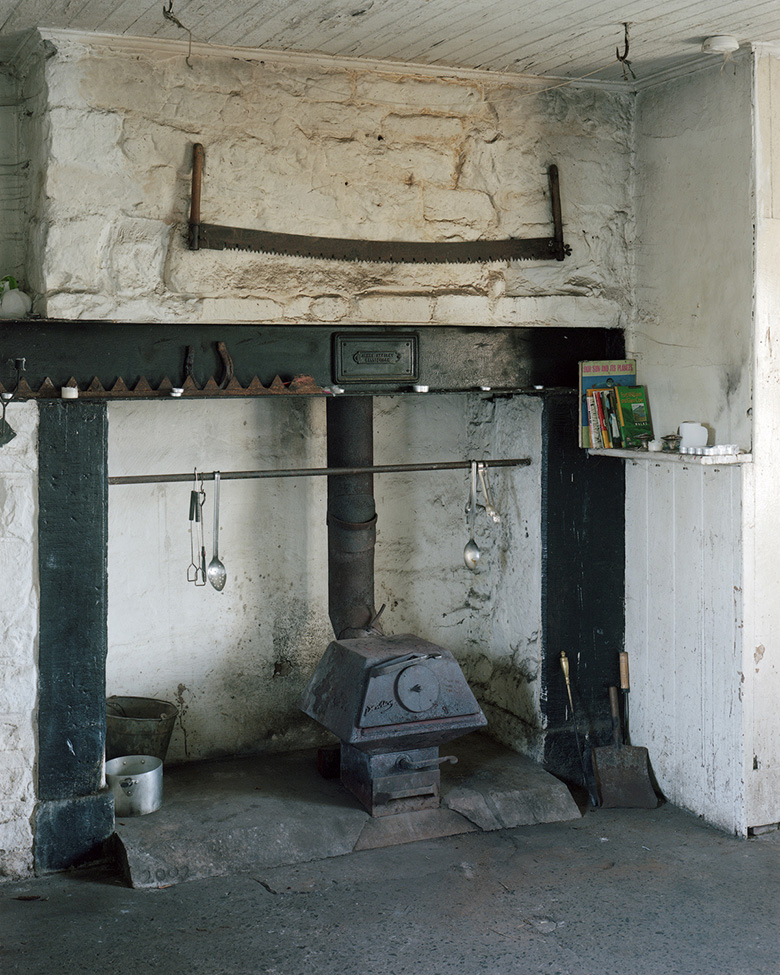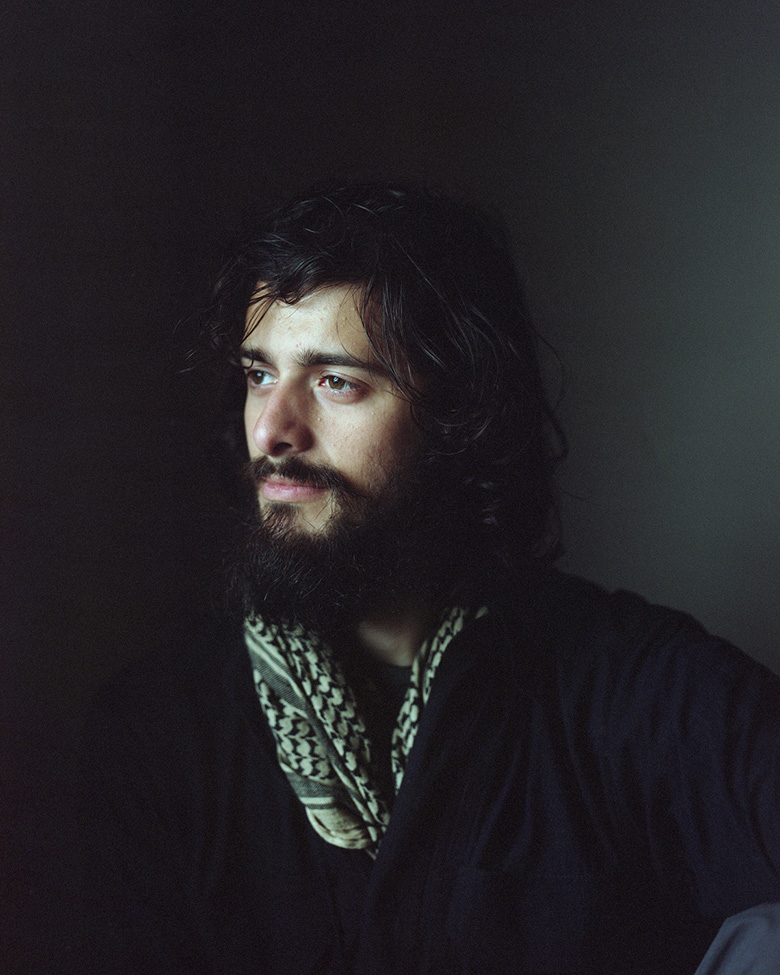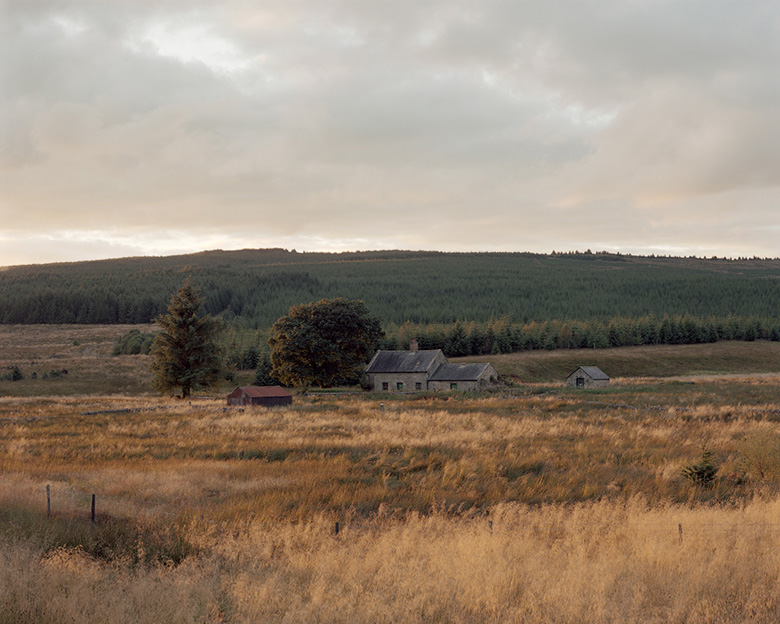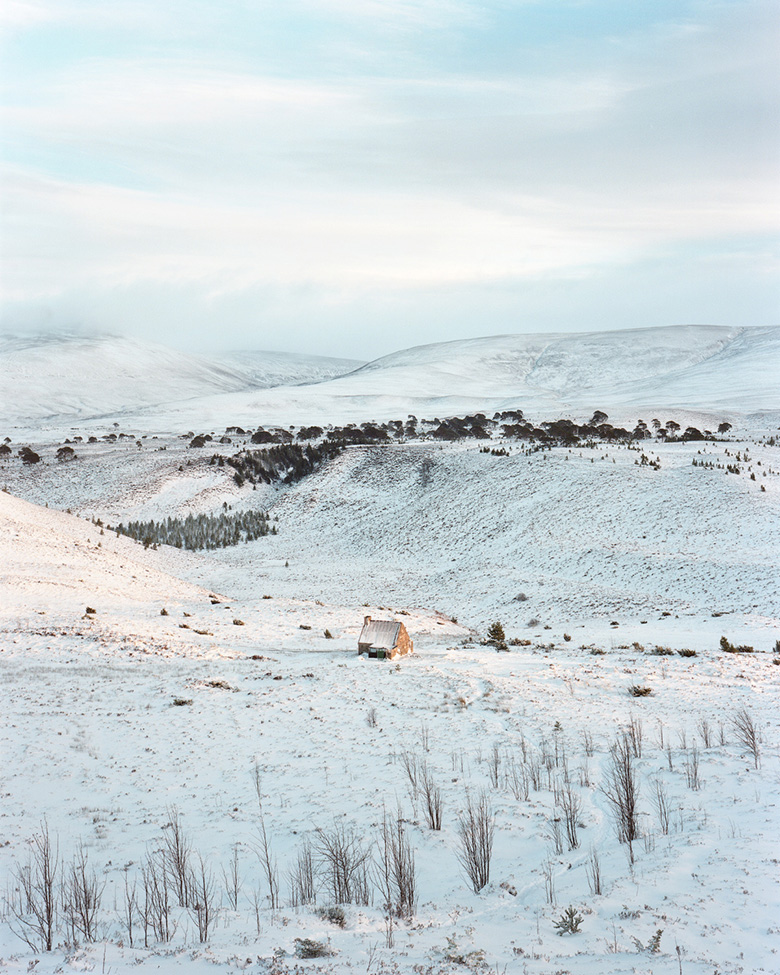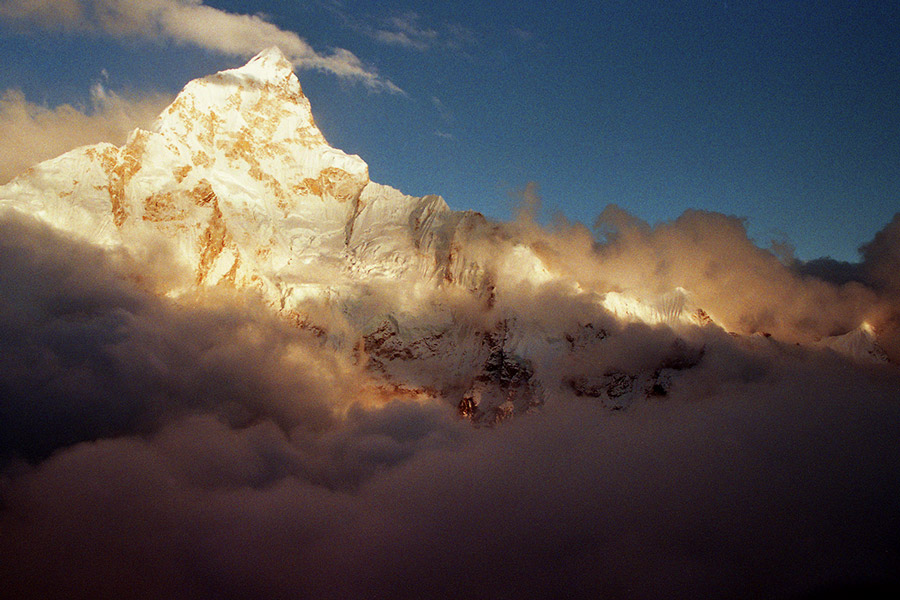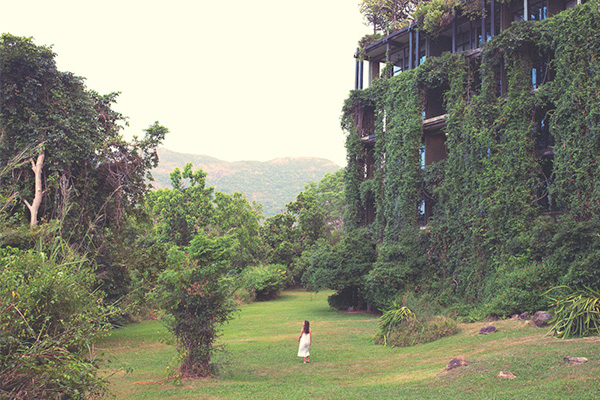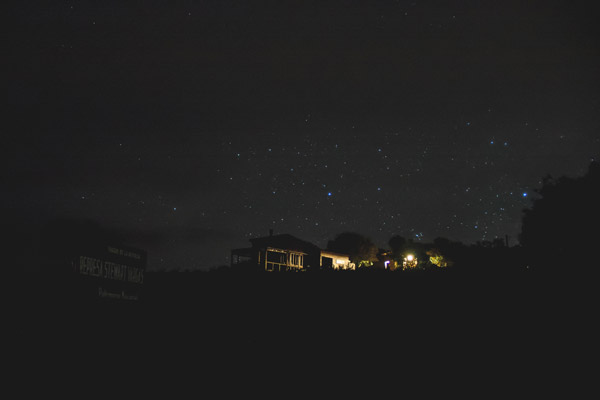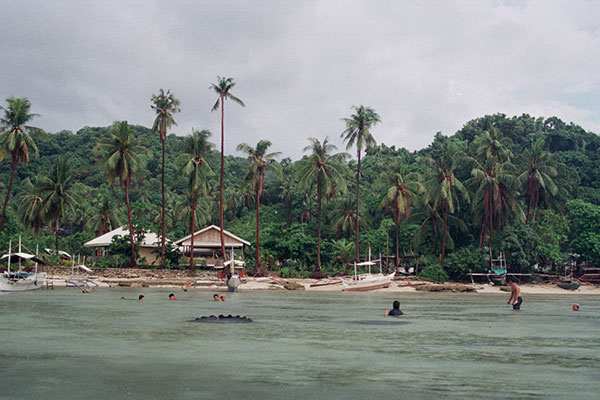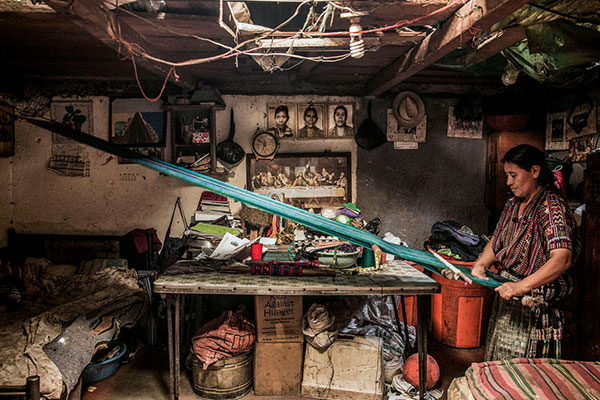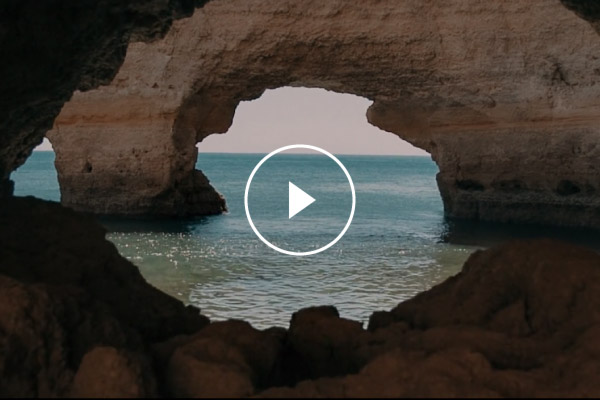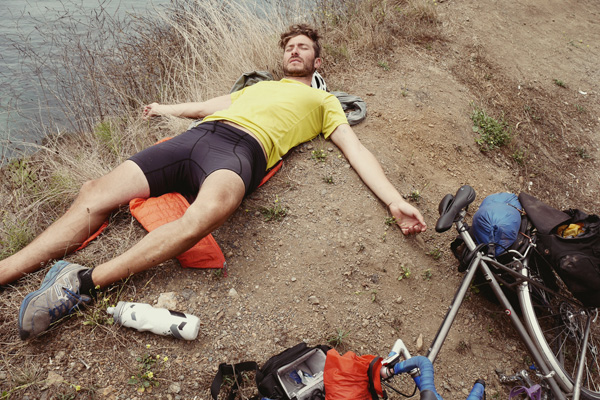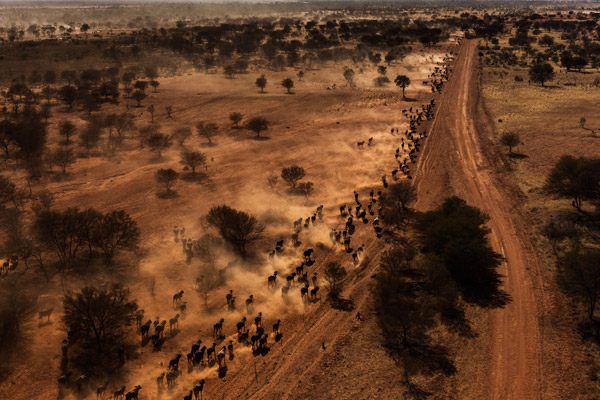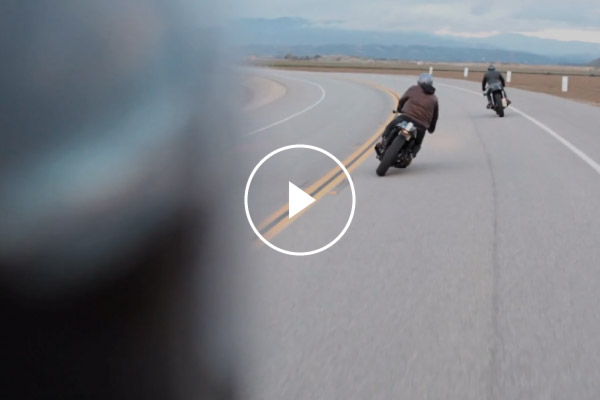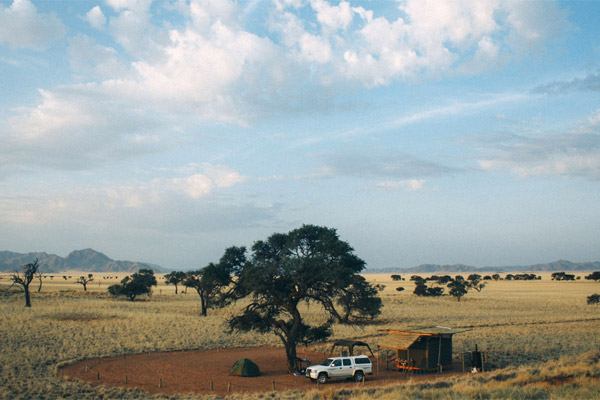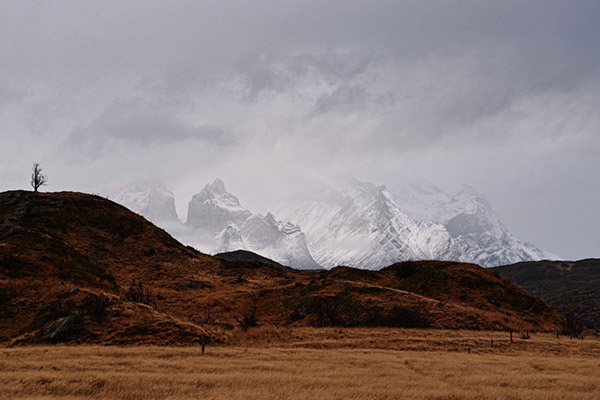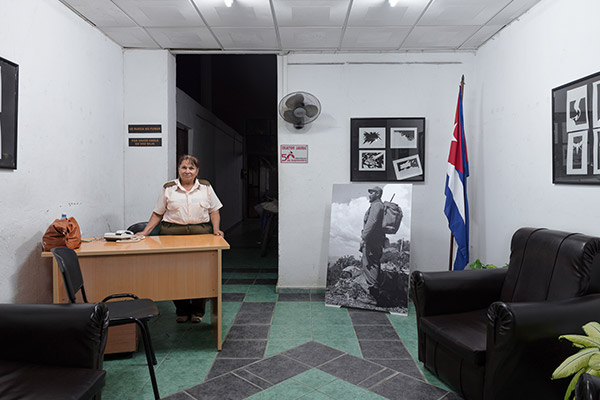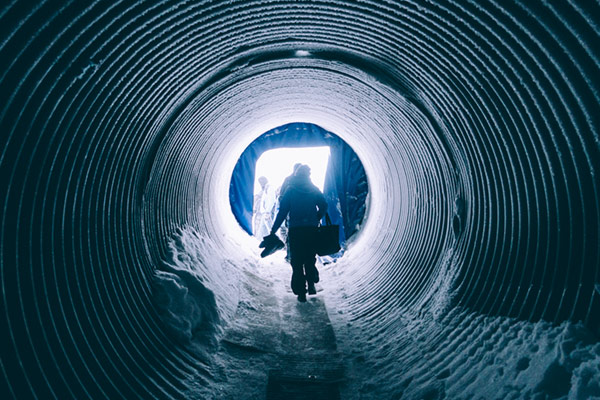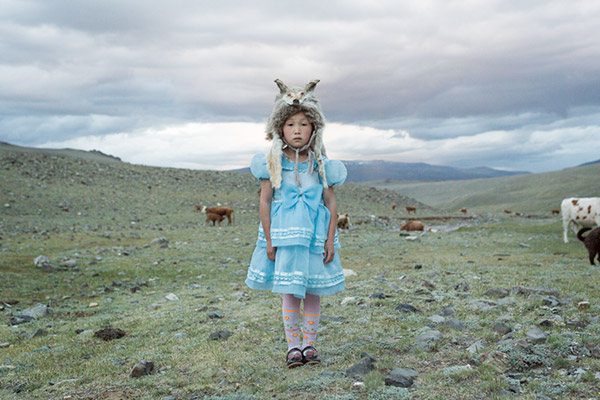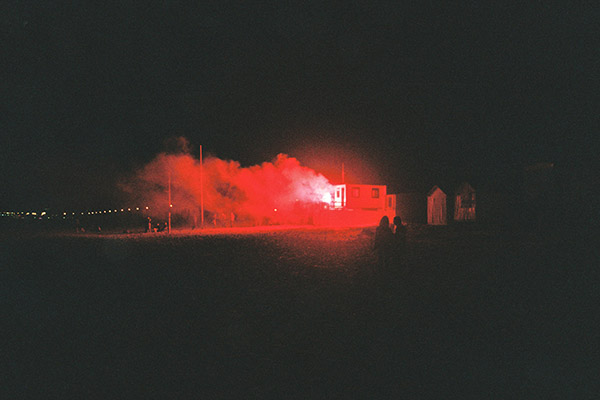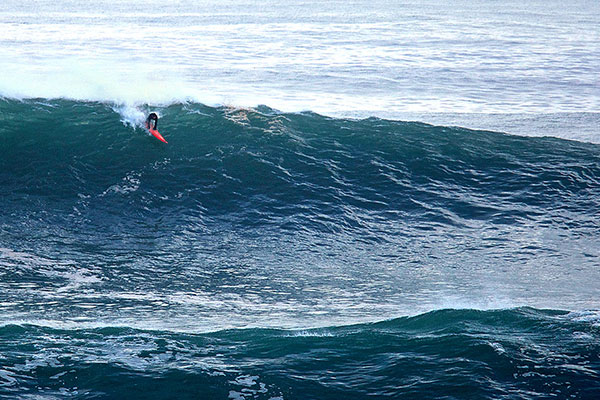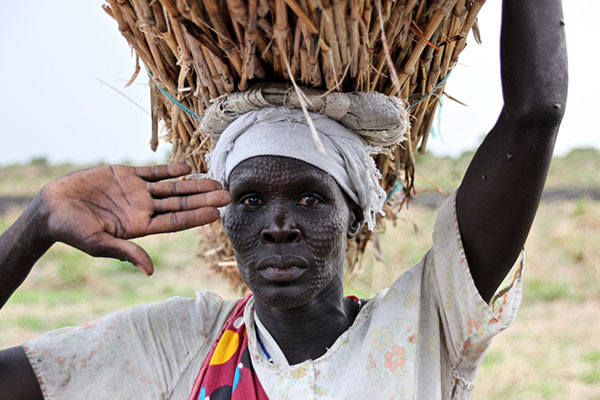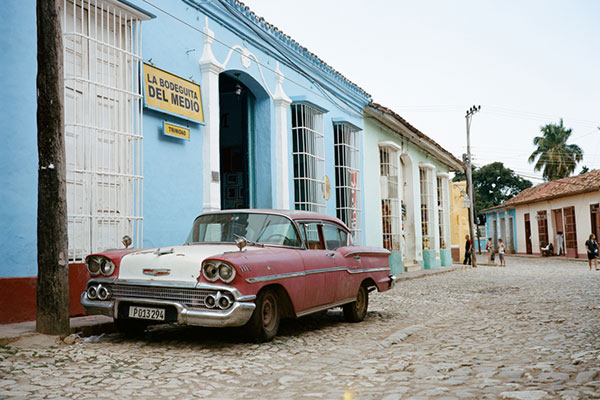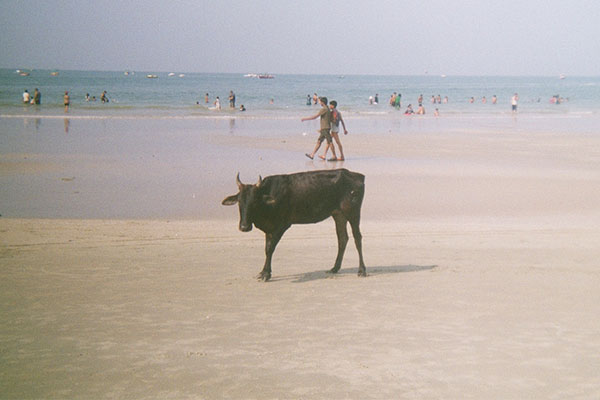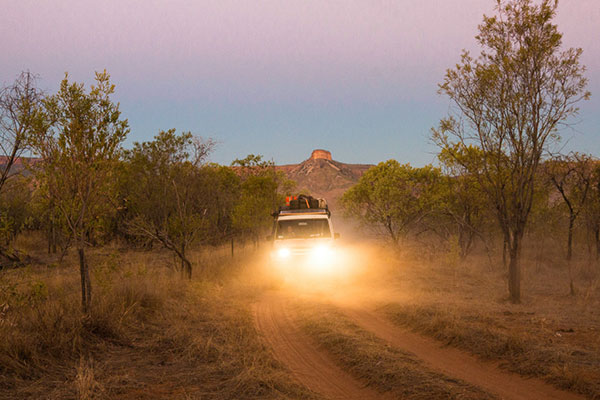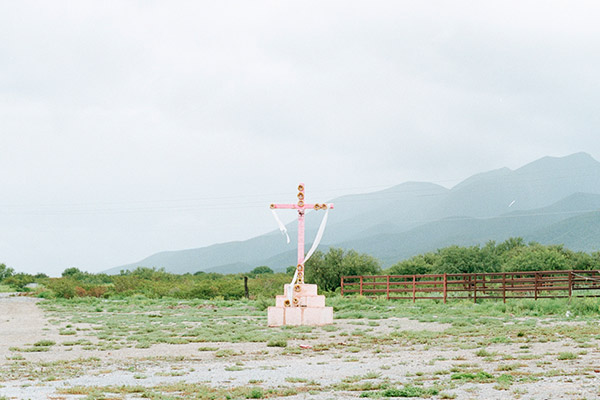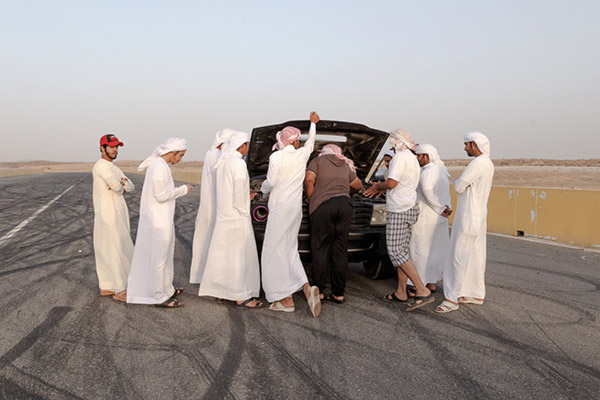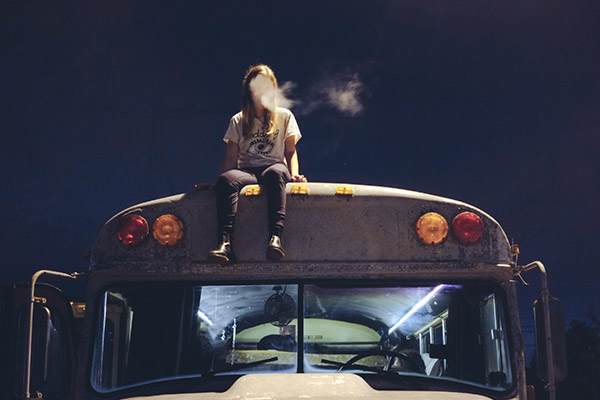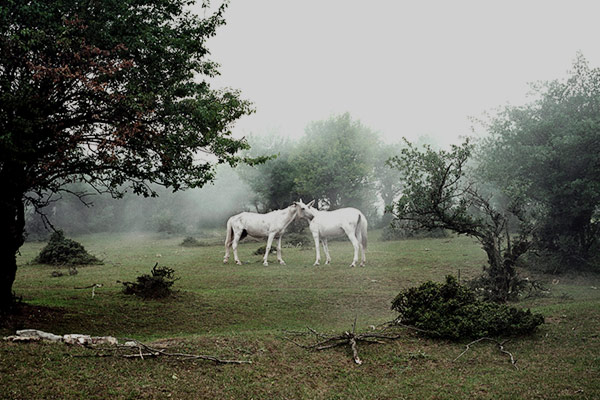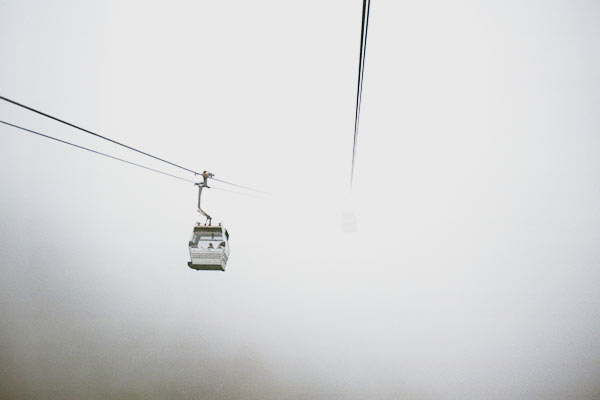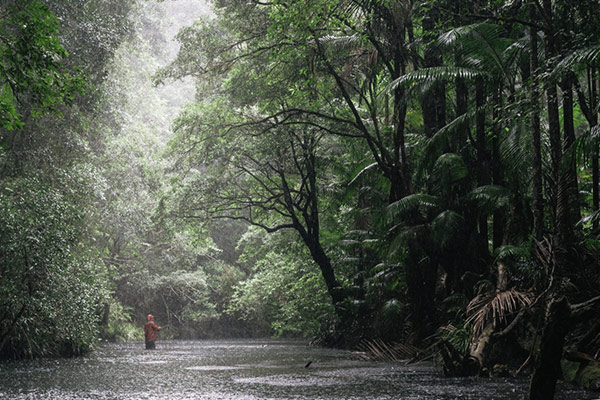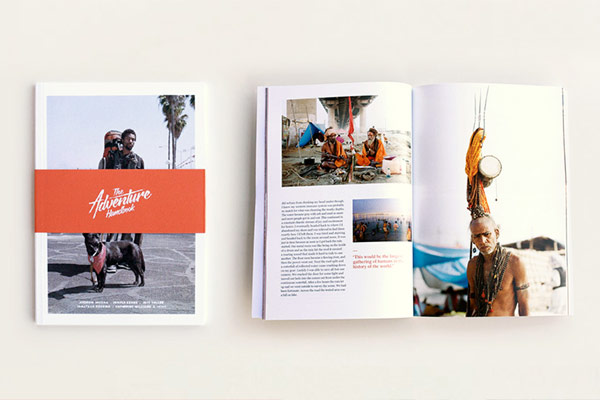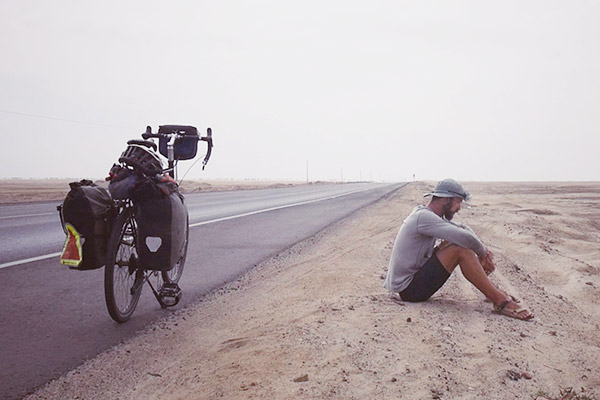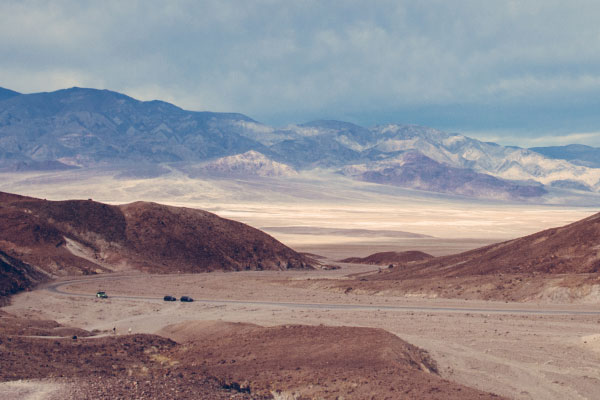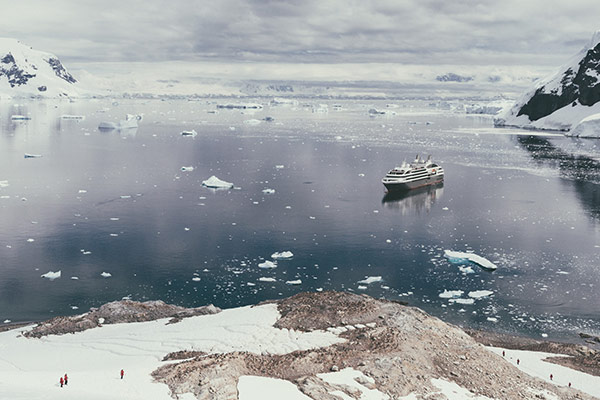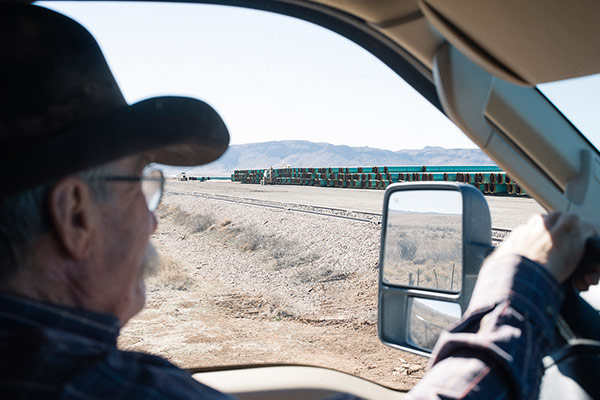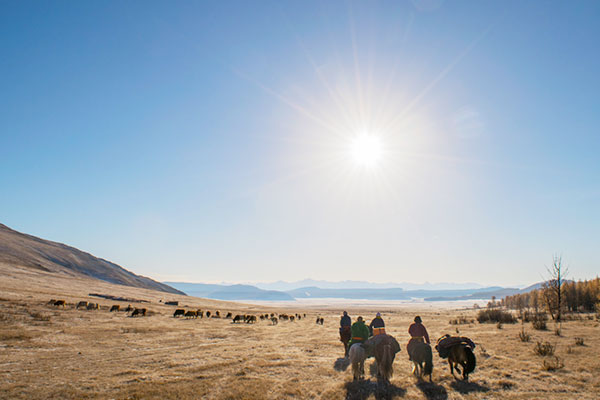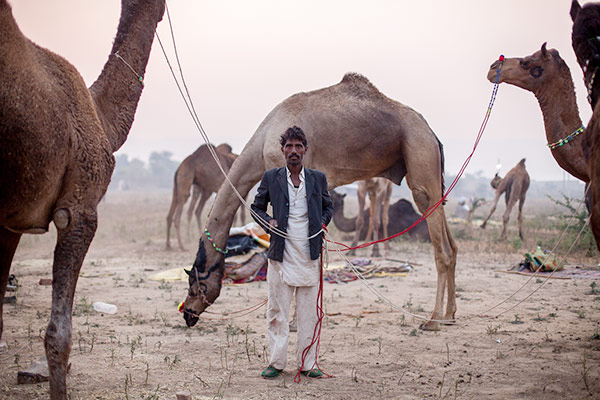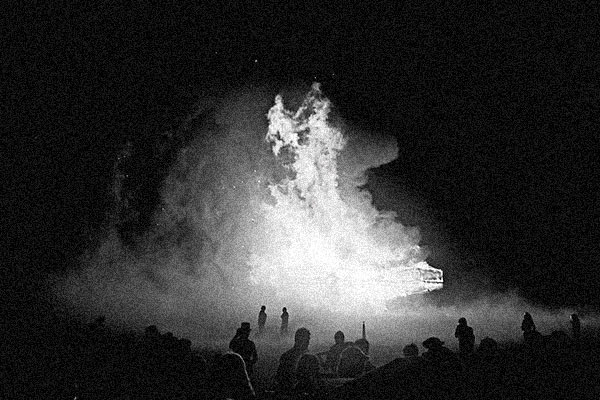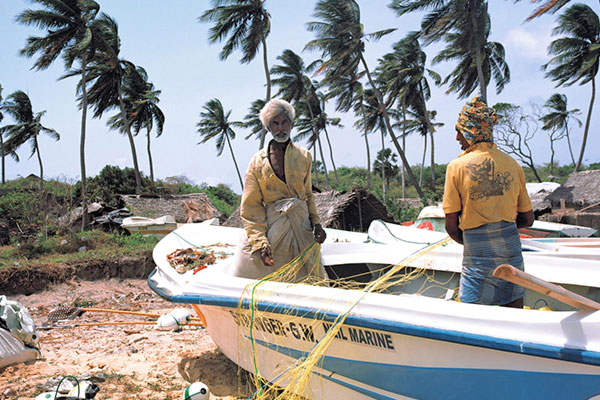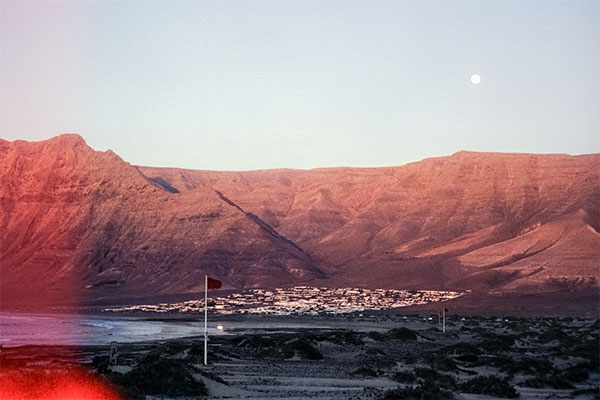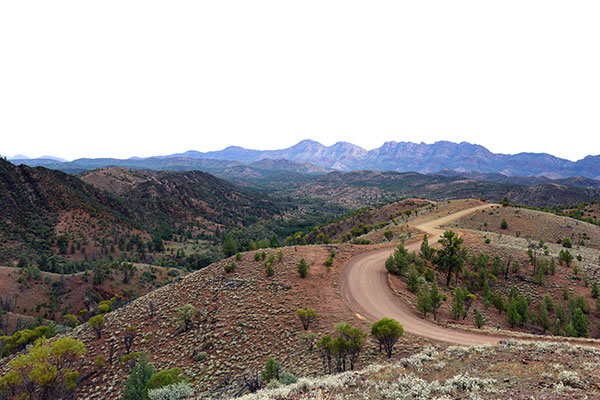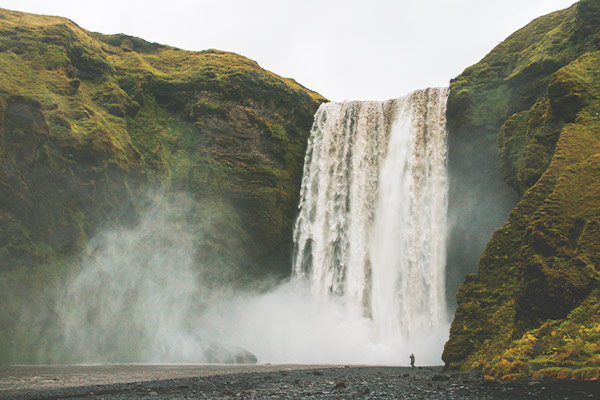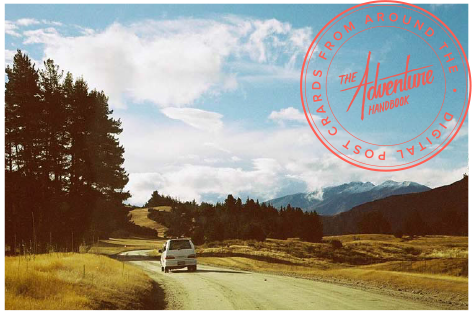First light. Cobwebs glisten in the corners of the room as the sun bursts its way through the small window, which drips with beads of condensation. Make-shift clothes lines crudely nailed into the wood zig-zag from wall to wall adorned with our gear, damp and cold from the previous day’s hike. Hundreds of inscriptions are scratched into the metal ceiling telling a rich and historic story of the people that have lay here before me. Raising my head from my down filled cocoon and squinting through the bright light my eyes slowly adjust and I am able to peer out into the wilderness. A vast expanse of white extends to the edge of the valley where it climbs dramatically into the morning mist. Powerful gusts charge down the mountain pass whipping the walls with spindrift forcing the door to rattle on its hinges. Winter, it would seem, had arrived. Jumping down from my sleeping platform and onto the cold hard floor I step into my boots, throw on a couple of layers, unbolt the door and step outside. The frozen ground squeaks and cracks as I walk and the call of Ptarmigans echoes around the mountains. A low rumble gives little warning as another bout of weather slams into my side almost knocking me from my feet. That ought to wake me up, but it might take more than that after an evening of whisky and wood smoke in one of the United Kingdoms famed bothies.
Far from civilization and mostly accessible only by foot, bothies are secluded mountain shelters scattered across the British Isles, tirelessly maintained by volunteers from the Mountain Bothies Association. Unlocked and free to use, they provide a refuge from the vast terrain that surrounds them and have rapidly become an iconic feature of the British landscape over the past fifty years. Bothies are synonymous with the outdoor experience in the UK, and from day trippers to mountaineers the growing community of bothy-users is hugely diverse.
Anti-clockwise from top
- Giles at Camasunary Bothy, Isle of Skye, Scotland
- The Fisherfield Six Route, Shenavall Bothy, Scotland
- Trev at Penrhos Isaf, Snowdonia National Park, Wales
For two years I have been travelling the British Isles photographing a new body of work centered on these bothies and the culture that surrounds them. Born out of curiosity, the project entitled ‘Black Dots’ is my own personal quest to better understand what these buildings are, where they’re located and who is using them. Beginning in April 2015 in the fells of the English Lake District, my journey has taken me to some of the most remote and breathtaking landscapes that the UK has to offer: from the rugged coastal hideaways of Cape Wrath on the northern reaches of the mainland, across the Western Isles of Scotland and south to the dark evergreen woods of Central Wales.
Glencoul Bothy, Sutherland, Scotland
Sandy’s Canoe at Peanmeanach, Ardnish Peninsula, Scotland
Penrhos Isaf, Snowdonia National Park, Wales
There’s something very primal about bothying; heading into the mountains with only very basic essentials and seeking refuge in a remote cabin in some far-flung glen is certainly poetic. Prior to ‘Black Dots’, I’d never spent a night in a bothy – I’d wild camped countless times, but as my project developed, the attraction was clear. For the virgin-bothy user do not expect to be bowled over by the facilities and strength of the Wi-Fi: “Camping without a tent” is how it’s described, and that’s pretty much spot on.
Bothies are very much a no-frills affair; these are mountain shelters after all, so expect four walls and a roof and anything else is a bonus. Many have sleeping platforms raised off the ground which helps to separate your living space from that of the mice, and you’ll have to carry in your own coal and firewood. But despite this incredibly bare-bones and slightly primitive aesthetic, don’t be put off: a roaring fire soon evolves these cold, dark spaces into a homelier, more cosy environment and before long you’re stripping layers, cooking food and drinking whisky with whoever you happen to be sharing the shelter with that night. Bothies have the magical ability to bring people together and, while you may enter as strangers, you certainly leave as friends.
Anti-clockwise from top
- Taigh Thormoid Dhuibh, Isle of Raasay, Scotland
- Inside Wainhope, Kielder Forest Park, England
- Adam at Camasunary Bothy, Isle of Skye, Scotland
Teeming with character & history, these stone tents allow us to fully emmerse ourselves in some of our most wild and lonely places. The landscapes of the British Isles hold many stories and bothying is just one, but with every bothy night experienced, that story gets a little bit longer.
Receive a postcard from us sign up


